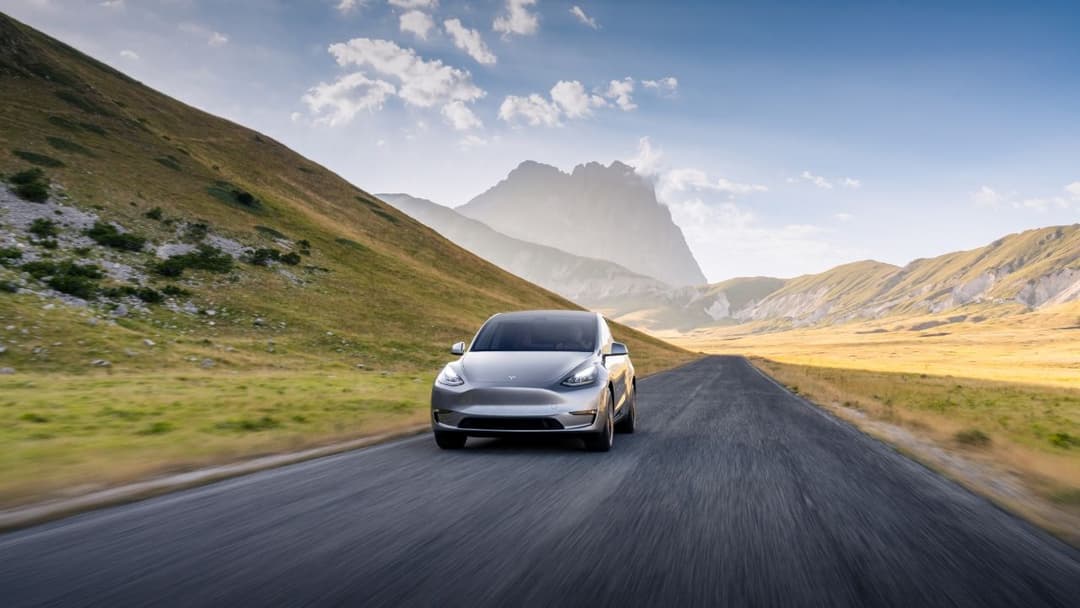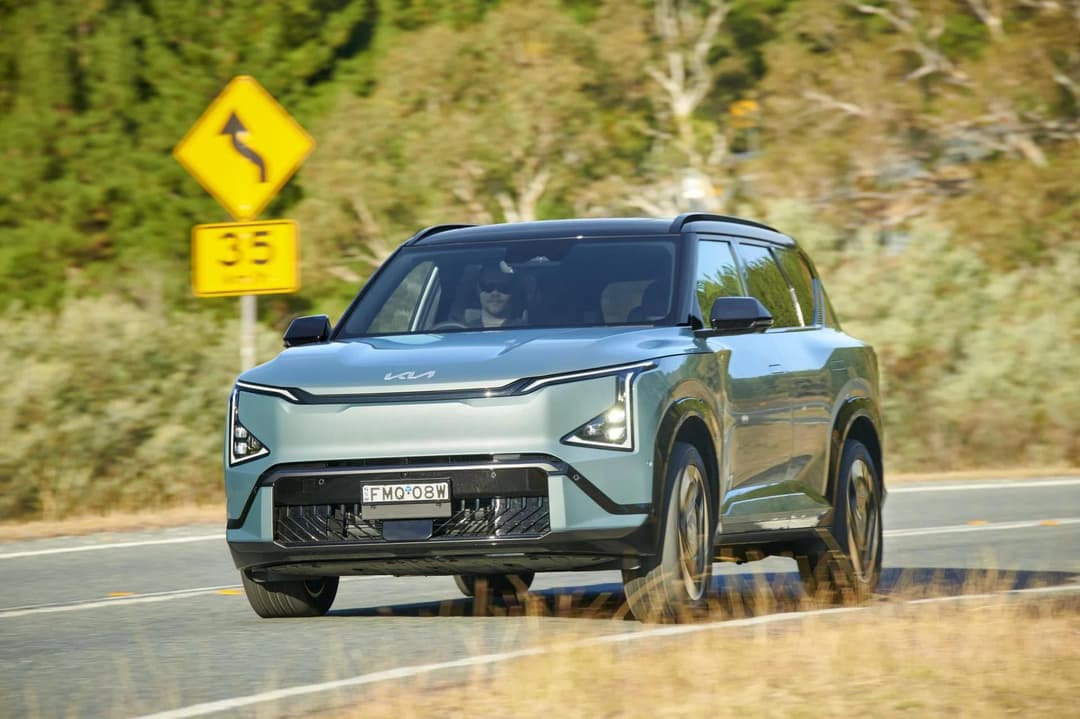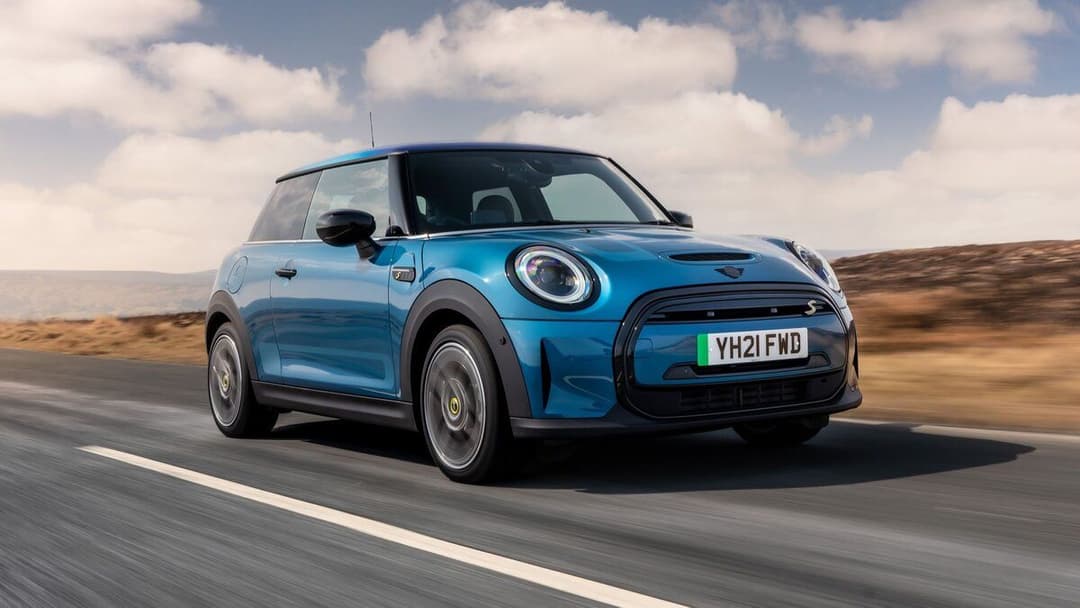Australia’s reliance on diesel could be nearing its end. A new report from the Australian Academy of Technological Sciences and Engineering (ATSE) calls for sweeping reforms that would cut diesel use across transport, mining, and agriculture and speed up the nation’s shift to electric vehicles (EVs).
The message is clear: with the right policies, most Australians could be driving EVs within just a few years.
▶️MORE: These Are the Best-Selling EVs in Australia in 2025

Why Diesel Is in the Crosshairs
Diesel remains a major polluter, responsible for 17% of Australia’s total carbon emissions. Industries like trucking, mining, and agriculture still rely heavily on the fuel, but ATSE says the real cost is being masked by subsidies.
- Fuel tax credits cost taxpayers $10.2 billion in the last financial year
- These credits make diesel artificially cheap
- The scheme weakens Australia’s emissions reduction targets
By reforming or phasing out these subsidies, ATSE argues, diesel would lose its financial advantage, making EVs and other clean technologies more attractive.
▶️MORE: 5 Cheapest Electric Cars in Australia (2025)

The Missing Piece: Charging Confidence
For most drivers, the real barrier isn’t fuel costs but infrastructure. ATSE Fellow Professor Ken Baldwin points to Europe, where chargers line city streets and highways.
“In the UK, Scandinavia, and much of Europe, people don’t have range anxiety,” Baldwin says. “That’s the difference - confidence that you can charge anywhere.”
In Australia, the rollout is patchy. Without reliable access, many Australians still see EVs as impractical. Baldwin believes once charging is widespread, uptake will accelerate rapidly.
▶️MORE: Cost to Charge an Electric Car in Australia

Cost, Capability, and Perception
Price remains another hurdle. The cheapest new EVs start at around $30,000, and many buyers remain sceptical about towing and long-distance driving.
But Baldwin says this perception doesn’t match reality:
- 95% of trips are short-distance
- Only a small percentage of drivers regularly travel interstate
- Most Australians’ daily driving could already be covered by existing EVs
▶️MORE: How Much Does It Cost To Install A Tesla Charger At Home?
Signs of Momentum
Despite the challenges, EV adoption is growing fast.
Data from the Australian Automobile Association shows that in the second quarter of this year, 41,000 EVs were sold in the country with a market share of 13%.
This marks a record share of the market, proving more Australians are willing to make the switch.
And when existing petrol and diesel vehicles are eventually replaced, their materials won’t be wasted. Baldwin highlights the potential of a circular economy, where steel, aluminium, and other components can be recycled into the next generation of cars.
▶️MORE: Tesla Model 3 & Y Home Charging Guide (2025)

What Needs to Happen Next
Experts argue that incentives, carbon pricing, and investment in infrastructure could all speed up the transition. For now, the pace of change depends on government action.
Baldwin puts it bluntly: “When charging is everywhere, when the costs align, the shift will happen in a few years. Everyone will be driving electric.”
▶️MORE: Explore ZECAR"s EV database
Key Takeaways
- Diesel accounts for 17% of Australia’s emissions, but subsidies keep it cheap.
- $10.2 billion in fuel tax credits is spent annually, shielding high-emission industries.
- Infrastructure gaps remain the biggest barrier to EV confidence.
- EV sales grew 37% year-on-year, hitting 13% of the new car market in Q2 2025.
- Experts say with the right policies, Australia could transition to EVs within a few years.
Stay up to date with the latest EV news
- Get the latest news and update
- New EV model releases
- Get money savings-deal
